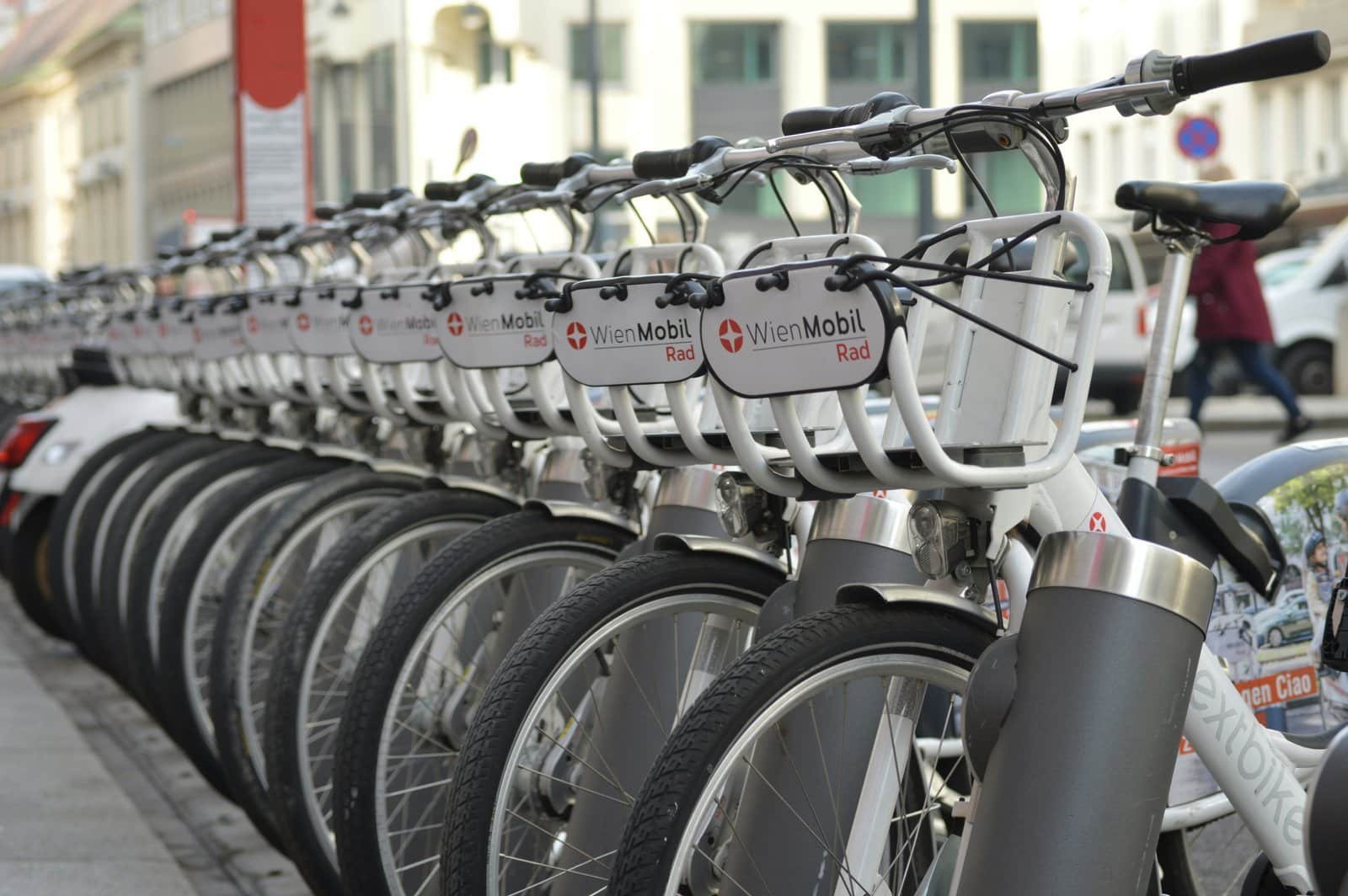Index

An Introduction to Málaga: A City of Culture and History
Málaga, situated on the southern coast of Spain, is a city that seamlessly blends history, culture, and picturesque natural beauty. As the birthplace of the renowned artist Pablo Picasso, Málaga boasts a rich artistic heritage, complemented by an array of historical landmarks that narrate its multifaceted past. From the ancient Roman Theatre to the impressive Alcazaba fortress, each site offers a unique insight into the various civilizations that have shaped the city over centuries.
The city’s vibrant culture is further highlighted through its numerous festivals, art galleries, and museums, making it a hub for those who appreciate the arts. Visitors can explore the Centre Pompidou, a modern art museum that showcases contemporary works, or delve into the historical significance of the Carmen Thyssen Museum, which houses a collection of 19th-century Spanish paintings. These attractions, coupled with Málaga’s lively tapas bars and bustling markets, create an immersive experience for tourists looking to engage with the local lifestyle.
Málaga is also blessed with stunning natural surroundings, characterized by beautiful beaches along the Costa del Sol, rolling hills, and the backdrop of the Sierra de Mijas mountains. This combination of scenic beauty and urban life makes it an ideal destination for travelers seeking both relaxation and cultural enrichment. Additionally, the city enjoys a warm Mediterranean climate, ensuring pleasant weather throughout the year, which contributes to its growing popularity among international tourists.
As travel grows in 2025, it is essential for prospective visitors to plan ahead to navigate the city’s attractions effectively. With its compelling historical significance, dynamic culture, and breathtaking landscapes, Málaga promises an enriching travel experience for all who venture to this Spanish gem.
The Iconic Landmarks You Can’t Miss
Málaga, a vibrant city on Spain’s Costa del Sol, is rich in history and culture, making it a prime destination for travelers. Among its numerous attractions, a few iconic landmarks stand out, offering profound insights into the city’s past. One of the must-visit sites is the Alcazaba, a stunning Moorish fortress that dates back to the 11th century. This architectural marvel features robust walls, intricate towers, and beautiful gardens. Visitors can explore its well-preserved structures while enjoying breathtaking vistas of the city and the Mediterranean coastline.
Next, the Roman Theatre, located at the foot of the Alcazaba, serves as a testament to Málaga’s ancient history. Built in the 1st century BC, this theatre was rediscovered in the 1950s. The ruins allow visitors to appreciate its original design, built to accommodate around 1,800 spectators. The site is often used for cultural events, and guided tours provide fascinating insights into Roman life in Málaga, showcasing its historical significance.
Another iconic landmark is the Málaga Cathedral, also known as La Manquita, which translates to “the one-armed lady,” owing to its unfinished second tower. This Renaissance structure, completed in the 18th century, is an example of stunning craftsmanship. Its impressive façade and elaborately decorated interiors host a remarkable collection of religious art and history. Visitors are encouraged to ascend the tower for panoramic views of the city, adding another dimension to their experience.
In conclusion, the iconic landmarks of Málaga, such as the Alcazaba, Roman Theatre, and Málaga Cathedral, play a crucial role in narrating the city’s historical journey. Each site reflects distinct architectural styles and cultural heritage, making them indispensable stops on any traveler’s itinerary. Understanding these landmarks enhances appreciation of Málaga’s rich and diverse history for visitors in 2025.
Natural Wonders and Scenic Spots
Málaga, a gem on the southern coast of Spain, is renowned not only for its rich history and vibrant culture but also for its stunning natural landscapes. Among its most notable features are the picturesque beaches that line the Mediterranean Sea, offering a perfect retreat for sun-seekers and water sports enthusiasts. The city boasts a variety of pristine beaches, such as La Malagueta and Playa de la Caleta, where visitors can enjoy swimming, sunbathing, and exploring local beachside dining options. The best time to visit these coastal areas is typically from May to October, when the weather is warm and inviting.
Beyond the shores, the Montes de Málaga Natural Park presents a striking contrast to the urban landscape. This expansive park is a haven for outdoor activities, such as hiking, birdwatching, and picnicking amidst the lush Mediterranean flora. The local biodiversity is impressive, with numerous plant and animal species that thrive in this area, making it an ideal place for nature enthusiasts. The park can be enjoyed year-round, though spring and early autumn are particularly favorable for visitors to experience the park’s vibrant colors and pleasant temperatures.
Additionally, the breathtaking viewpoints in Málaga, such as those at Gibralfaro Castle, offer unparalleled vistas of the city and coastline. The ascent to the castle is a popular activity, providing both a historical perspective and a panoramic view that captivates visitors. The best time to enjoy these vistas is during the golden hours—early morning or late afternoon—when the light casts a magical glow over the landscape.
In summary, Málaga’s natural wonders extend far beyond its urban charm. With its beautiful beaches, expansive natural parks, and stunning viewpoints, the city provides an array of outdoor activities that cater to all interests, showcasing the remarkable diversity of experiences available to travelers.
Local Culture, Food, and Festivals to Experience
Málaga, a historically rich city on Spain’s Costa del Sol, boasts a vibrant local culture that is best experienced through its culinary offerings and lively festivals. The city’s gastronomy is a delightful blend of Mediterranean flavors, where fresh seafood, local produce, and regional wines take center stage. A must-visit for food enthusiasts is the Mercado Central de Atarazanas, a bustling food market where vendors display an array of local delicacies, including the famous Málaga grapes, innovative Iberian cured meats, and an assortment of fresh fish and seafood.
Tapas bars can be found throughout the city, each offering a unique culinary experience. Traditional tapas, such as “espeto de sardinas” (grilled sardines) or “ensalada malagueña” (Málaga-style salad), immerse diners in local flavors and foster a social dining atmosphere. Engaging with locals at these establishments can provide insight into regional customs and food preparation techniques while enhancing one’s understanding of Málaga’s culinary heritage.
In 2025, a visit to Málaga would be incomplete without experiencing its renowned festivals. The Málaga Fair, held in mid-August, features a week-long celebration filled with music, dance, and traditional folklore. Visitors will find an array of activities, from flamenco performances to horse parades, all enriching the festive atmosphere. Another significant event, Semana Santa (Holy Week), attracts visitors from all over Spain and beyond. The solemn yet impressive processions, featuring intricate floats and religious symbols, offer a glimpse into the deeply-rooted traditions of the city.
By partaking in local food experiences and participating in vibrant cultural events, visitors to Málaga can immerse themselves in the city’s distinctive character. The harmonious blend of culinary delights and meaningful festivals establishes a tapestry of experiences that define Málaga’s cultural scene and should not be missed in 2025.





